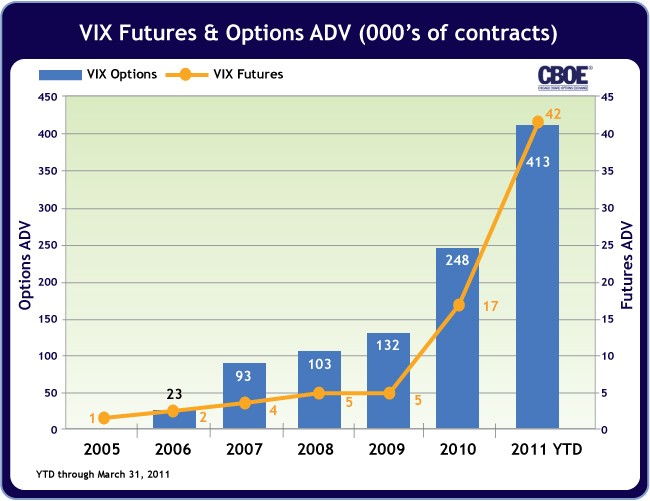Futures And Options
Post on: 2 Июль, 2015 No Comment

Hedge Fund Strategies (Part 5) – Hedged Equity Short Selling
Shorting a stock means selling shares you do not own in the hopes of benefiting from a decline in the price of the shares. The seller borrows shares, usually from a broker, and delivers them to a buyer in return for cash.
Several months ago we began a conceptual review that will eventually lead us to evaluate hedge fund replication. We have so far looked at various pricing models, described systematic (beta) and non-systematic (alpha) returns, and have started to explore different hedge fund trading strategies. We continue today with short-selling strategies .
Shorting a stock means selling shares you do not own in the hopes of benefiting from a decline in the price of the shares. The seller borrows shares, usually from a broker, and delivers them to a buyer in return for cash. The cash proceeds are parked with the lending broker as collateral, where it earns short rebate interest for the seller. At some future point of time, the seller will need to return the borrowed shares to the broker by going out into the open market to purchase replacement shares. Any price decline between the original sale and the subsequent purchase is profit for the seller. Conversely, if the shares appreciate over the interval the seller will register a loss. The capital gain or loss, plus the short rebate interest, minus any transaction costs (i.e. broker fees, stock-lending fees, exchange fees, etc.), represents the net P&L to the short seller.
In addition to holding the seller’s cash proceeds as collateral, most lending brokers require an additional pledge of cash or cash-equivalents (such as Treasury bills) in an amount ranging from 30% to 50% of the shares’ market value. In the United States, SEC rules stipulate that short sellers must already have custody (either through ownership or borrowing) of shares sold.
Some managers execute short-selling strategies without the use of borrowed shares; rather, they utilize derivates to create downside exposure. Forwards, futures, and options (on indices and stocks) are suitable derivatives for a short-selling strategy. The collateral requirements on derivatives are much less onerous, and provide short-sellers with additional leverage on their investments. Other managers hedge their short sales with long positions that partially offset the short ones. This creates a Long/Short strategy with a short bias.
One shorting technique, called shorting against the box. is not part of the hedged equity short selling strategy. Rather, it involves offsetting all of a long position with a short sale in order to lock in a profit on shares that, for various reasons, an investor does not want to sell at the current time.
Long and short hedging strategies share a number of similarities, including careful stock picking and timing. Many practitioners of either strategy engage in bottoms-up fundamental analysis to identify mispriced stocks. However, a short strategy fund manager is also likely to concentrate on certain negative factors, such as aggressive accounting techniques or revised quarterly earnings estimates. But it is not valid to think of a short selling strategy as simply the inverse of a long strategy – here are a few ways short selling has unique risks:
- Stock-borrowing considerations. Short sellers need to locate shares to borrow, which for a hot stock may be expensive or unavailable. They must be prepared for the lender to suddenly call back its shares, and they must negotiate a good short rebate rate.
- Short squeezes. If a stock suddenly gains in price, a short seller may be forced to terminate his/her position prematurely by purchasing high-priced replacement shares, thus locking in a loss.
- Performance/exposure : Long strategies benefit from higher prices not only by higher market values but also because the winning shares now represent a larger portion of a portfolio, and thus increase relative exposure to a profitable stock. The situation is reversed for short sellers – loser stocks do engender a profit, but they lose portfolio share as the price declines, and hence decrease the short-sellers relative exposure to the shares.
- Uptick rule. The U.S. recently reintroduced the uptick rule, which states that shares can only be shorted after an uptick. In practice, hedge funds and other investors are usually able to manufacture an uptick when one is needed, but this is not foolproof.
- Unlimited upside risk : Stocks have a downside limit of zero but theoretically no upside limit. This creates an asymmetrical risk for short sellers that can have a negative psychological impact on the desire to short sell.
These factors, plus certain cultural and/or legal barriers to short selling, including a general reticence by investment analysts to issue “sell” recommendations, can tend to depress short selling activity. Studies show that barriers to short selling artificially inflate stock prices. Thus, short selling can be seen as an effective method to arbitrage “correct” prices in stock markets.
A pure short strategy, much like a pure long one, can benefit from investor skills. What is not clear in either strategy is whether returns are consistently based on superior investor skill (alpha), on systematic exposure to one or more risk premia (beta), or a mixture of the two.
Next time we will start exploring relative-value trading strategies.














